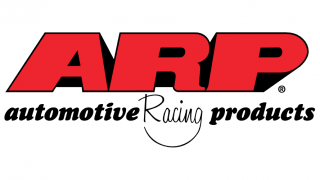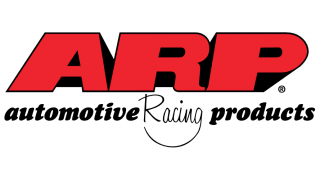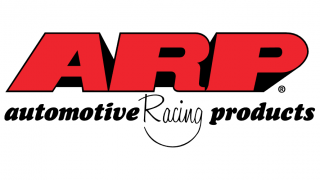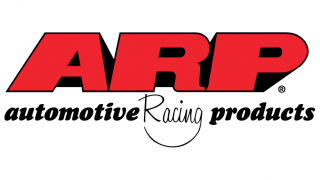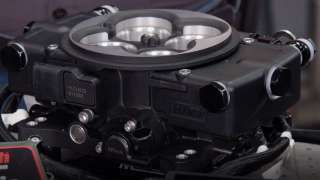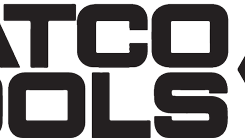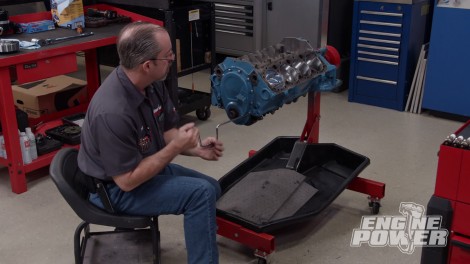
Over 13:1 on Pump Gas! Chevy 350 Dyno Mule - Part 2
We finish our 350 ci Small Block Chevy with high-performance induction, then we put it to the test in the dyno cell!
Season 9
Episode 10
Hosts: Pat Topolinski, Frankie Forman
First Air Date: May 23, 2022
Duration: 21 minutes 30 seconds




























